Caterham Seven 170R is a little joy machine
Driving has never been as fun as in a Caterham and the latest track version of the entry-level Seven 170 is ready for anything


Being the smallest car on the road can be a daunting experience, especially on a motorway, though it's easy to forget when you're having this much fun. I'm wedged into a racing seat, just inches from the ground, with a few bits of carbon fibre, aluminium and steel separating me from the road. There's a huge smile on my face.
This is what it's like driving the Caterham Seven 170R, the track-ready version of its entry-level car. The Caterham Seven is based on the original Lotus Seven design and is a hugely popular option among both casual weekend drivers and those looking to get into motorsport.
The 170 (which replaced the 160) is the base level Caterham Seven and comes in both S (for regular roads) and R (track) versions. I was testing the 170R, which replaces the standard suspension for sports suspension, the comfy leather seats for composite race seats with four-point race harnesses, and does away with the windscreen. However, I opted to keep a windscreen rather than don a helmet, as I intended to drive it around the city, not a racetrack.

Price and availability
The 170R I drove costs around £32,235 with all the options, including the factory build, full windscreen and weatherproofing (canvas roof). Like all but the top-level Caterhams, the 170R comes in a choice of self-assembly (kit car form) or factory-assembled versions. The difference in price is £2,595 to have it built for you, and includes all those extra bits like the IV inspection, registration fee, number plates and road tax that you’d need to get your kit project on the road. So, unless the building of it is part of the fun for you, I feel it’s worth the extra spend.
The road-designed, 170S costs around £1000 less, so you could pick one up for as little as £24,990 in kit form. That’s about £1000 less than a Mazda MX-5, which is also a great fun two-seater. Of course, the Mazda comes fully built.
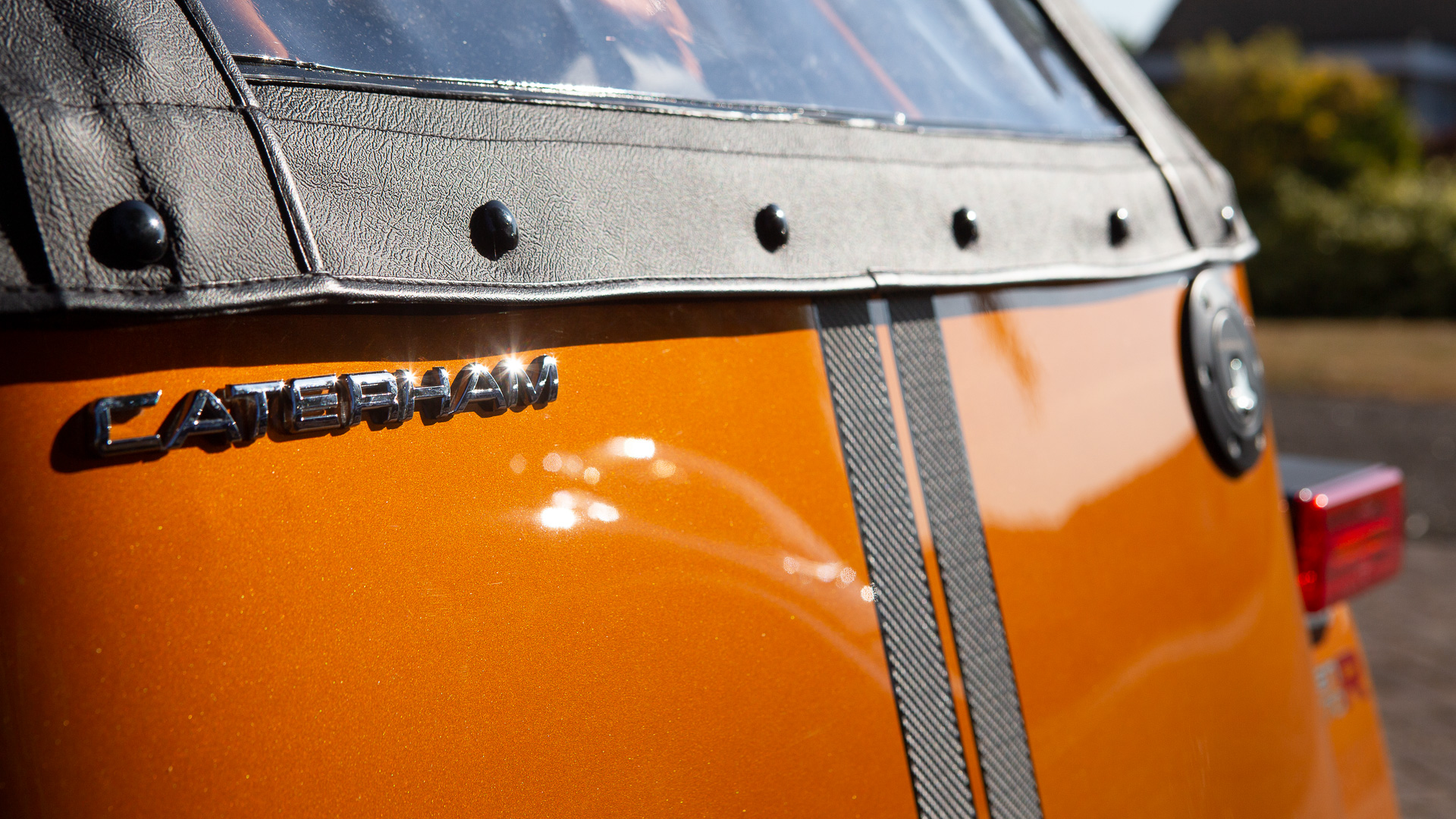
Performance
The 170 runs on a Suzuki 660cc three-cylinder, turbocharged engine. This is the same engine used in Suzuki’s compact cars such as the Alto and Jimny. The difference here is that the Caterham weighs just 440kg. That means that the 84bhp is equivalent to around 170hp per tonne (hence the name).
While fairly pedestrian by Caterham standards, the 170 has a top speed of 105mph and a 0-60mph of 6.9 seconds. By contrast, the 2.0 litre Ford Duratec engine in the Caterham 310R (now replaced by the 360) and more premium models, is capable of up to 155mph and as little as 2.79 seconds 0-60mph. That’s not to say that the 170 doesn’t feel quick though – when you’re that low to the ground and exposed to the elements, it’s more than fast enough.
Get all the latest news, reviews, deals and buying guides on gorgeous tech, home and active products from the T3 experts
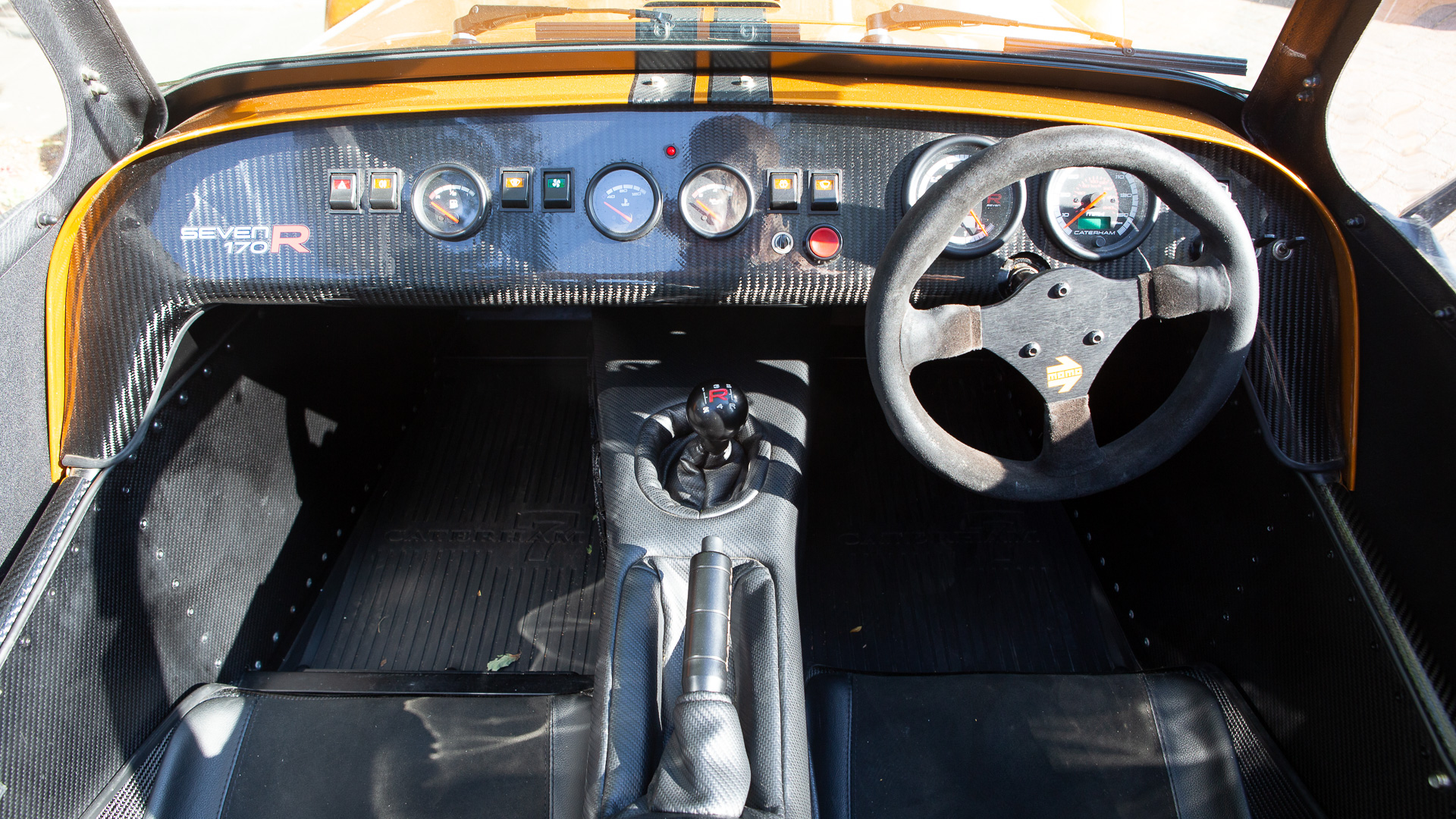
The Caterham driving experience
After driving some of the latest EVs like the Ford Mustang Mach-E GT, the Caterham 170R feels somewhat basic. There’s no infotainment system with CarPlay, no adaptive cruise control, lane assist or reversing camera. The dash is a series of dials and switches – aside from a tiny LED for the mileage, there’s nothing digital here. And that’s what’s so great about this car.
The Caterham Seven 170R is perhaps the most connected you will ever feel to driving. Not only do you feel every bump (though slightly cushioned by the sports suspension), you can feel the very grip from the tyres, the depth of the exhaust growl and every rpm of the engine.
With the sports seat, getting in and out of the 170R isn’t the most graceful and unless you’re super slim, you’ll really need to wedge yourself in. I didn’t think my hips were that big but they were certainly on the limit for this car. You then strap in with the sports harness and reattach the quick-release steering wheel.

The quick-release racing steering wheel and kill-switch render the vehicle completely immobile when you take them out.
It’s a great security feature on this car that, while you can’t lock the doors, you can remove both the kill switch and steering wheel and take them inside the house. That makes the car quite difficult to steel unless they are really prepared. If you are planning to buy one of these though, you’d want to have a garage, at least for the winter.
As the 170R is designed for racing, it’s perhaps no surprise that it’s quite difficult to drive slowly and quietly. First, there’s the tiny pedals that require a gentle press – though are much more fun to stamp on. Then there’s that throaty exhaust and vocal dump valve that gives a loud sigh every time you take your foot off the accelerator.
It might not have the acceleration of the bigger Caterhams but when you’re this close to the ground it still feels fast and the car has no problem continuing on to its 105mph top speed if you wish. The car feels most at home on winding country lanes, where you can put in some speed and tight turns, without the worry of other drivers. Though travelling in the Caterham makes every journey an adventure – even just popping to the shops.
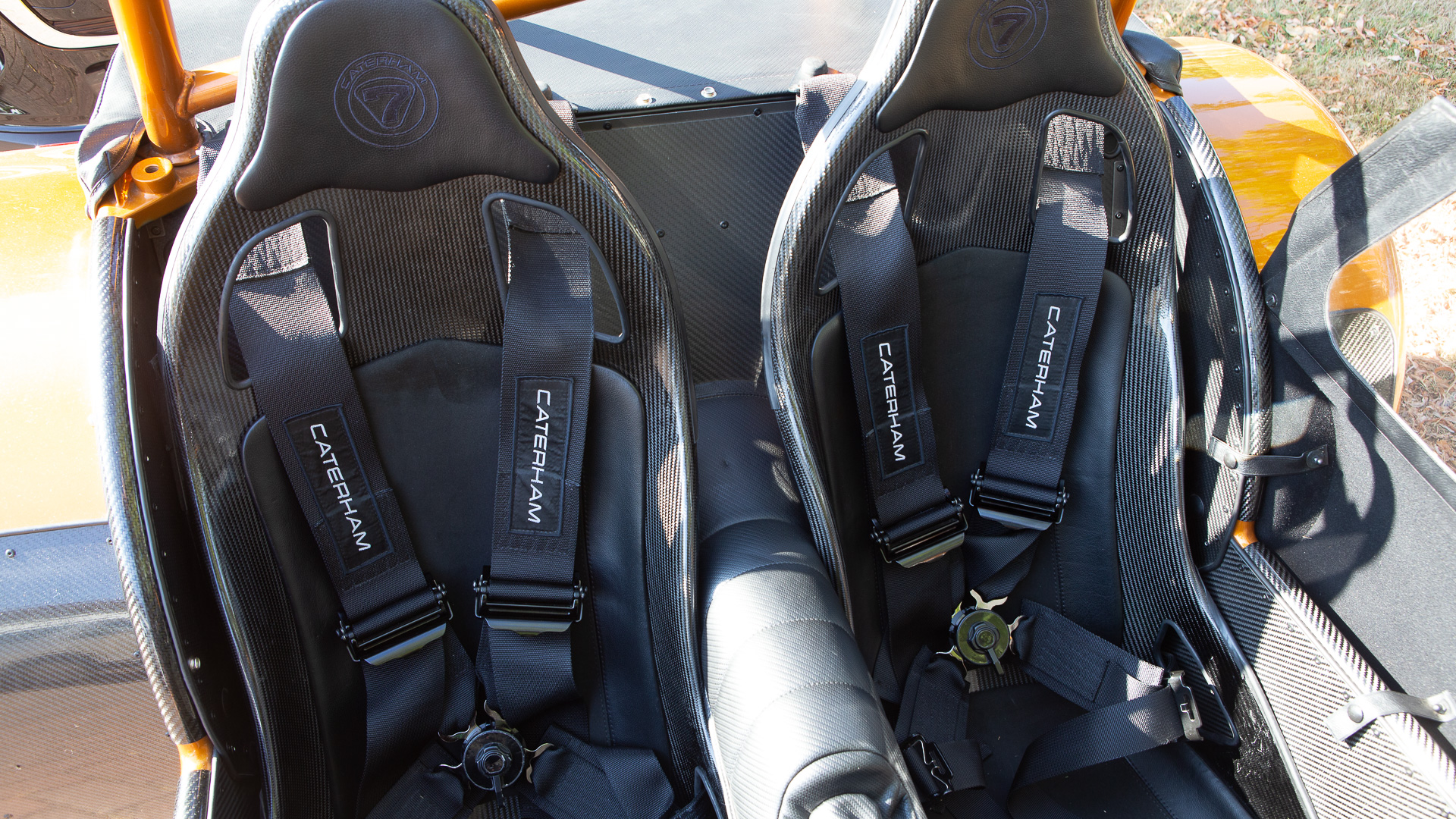
In the last week, I had the opportunity to take on of the more powerful Caterhams around a race circuit and that is certainly where these cars come into their own. For those thinking about trying their had on the track, the 170R is a great place to start. For Sunday drives in the countryside though, the 170S version is more suited. It offers more forgiving suspension, regular leather car seats and that all-important windscreen as standard. That would certainly be my choice but I do like the fact that if you’re buying the 170 new, you can pick and choose the options that work for you.
The only thing that isn’t an option on the 170 is the larger chassis, which is available on the 360, 420 and 620 models for an extra £2500. This makes the car longer and wider to accommodate drivers up to 6’6” tall (the regular body suggests a maximum of 6’2”).
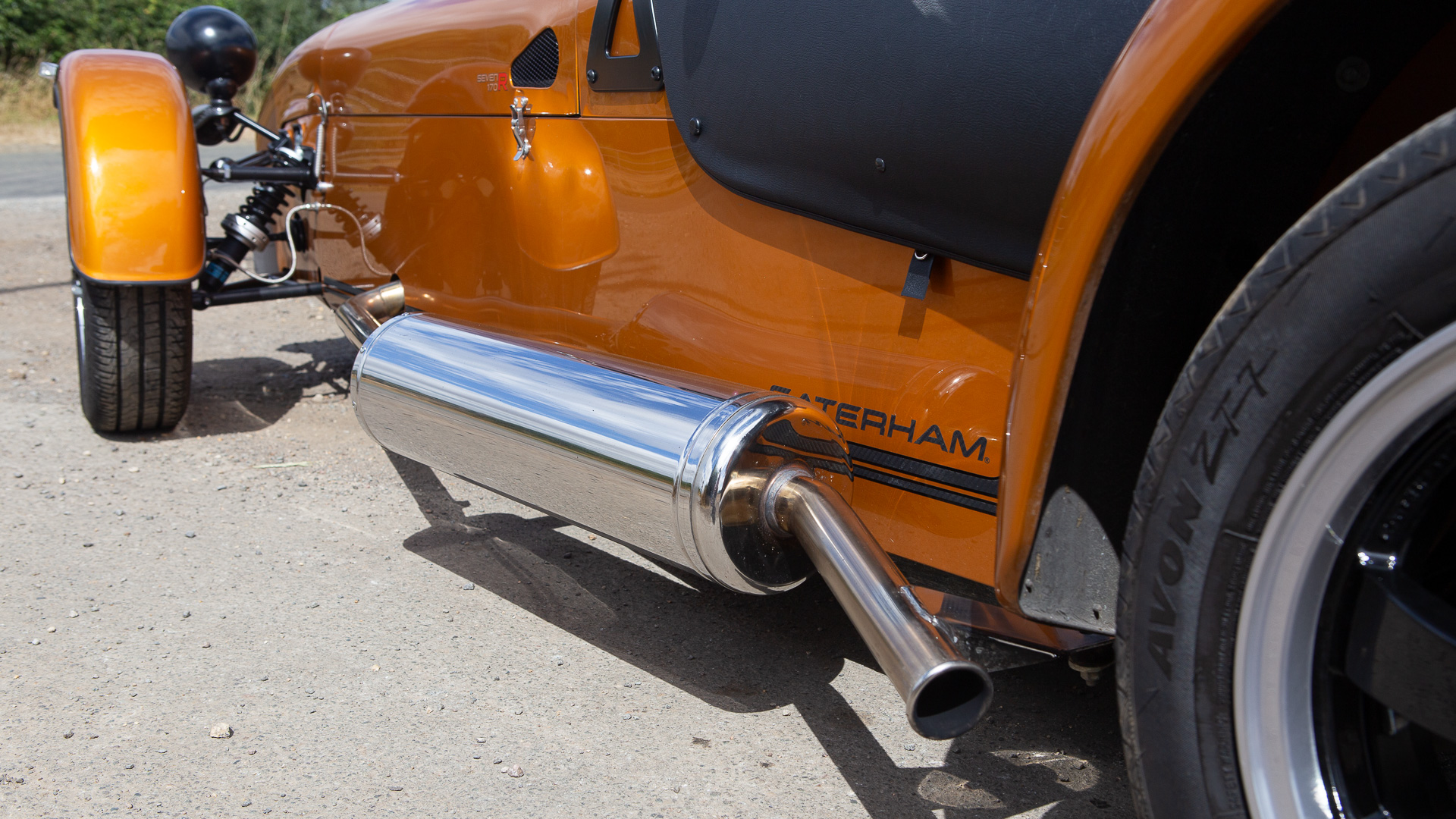
Is a Caterham for you?
Driving a Caterham is certainly addictive, as it’s just so much fun every time you get behind the wheel. It’s not practical as a daily drive but it does make every trip an adventure. I’d happily drive one to work when the weather was nice. There is a full hood with the cars but the experience is not the same.
For me, the Caterham Seven 170R is the perfect second car for Ev owners. It’s the polar opposite in terms of features and practicality but makes the ideal fun car for the weekend. Also, thanks to the diddy 660cc engine, it will do 58.3mpg, so it’s still pretty fuel efficient.
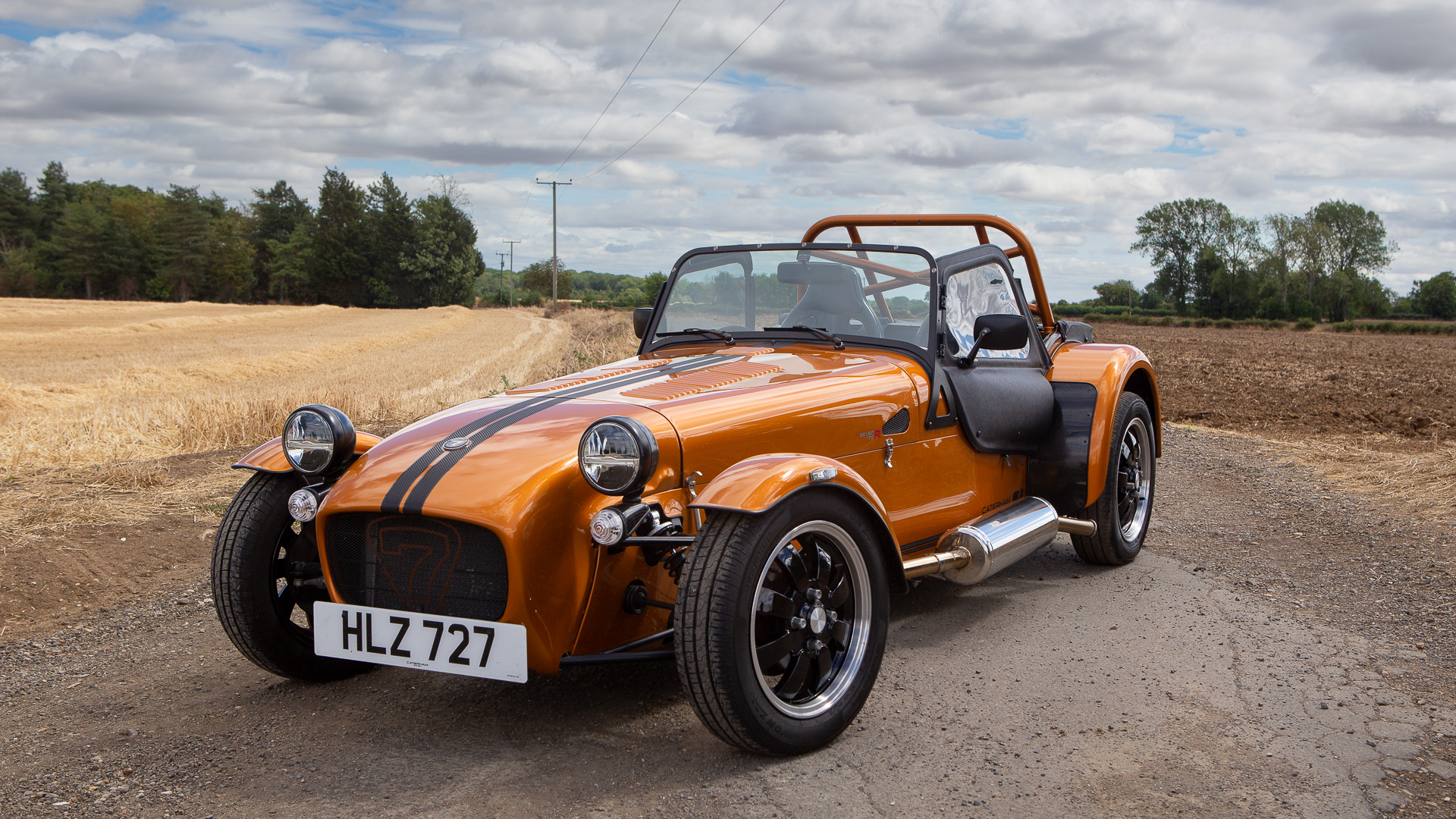

As T3's Editor-in-Chief, Mat Gallagher has his finger on the pulse for the latest advances in technology. He has written about technology since 2003 and after stints in Beijing, Hong Kong and Chicago is now based in the UK. He’s a true lover of gadgets, but especially anything that involves cameras, Apple, electric cars, musical instruments or travel.